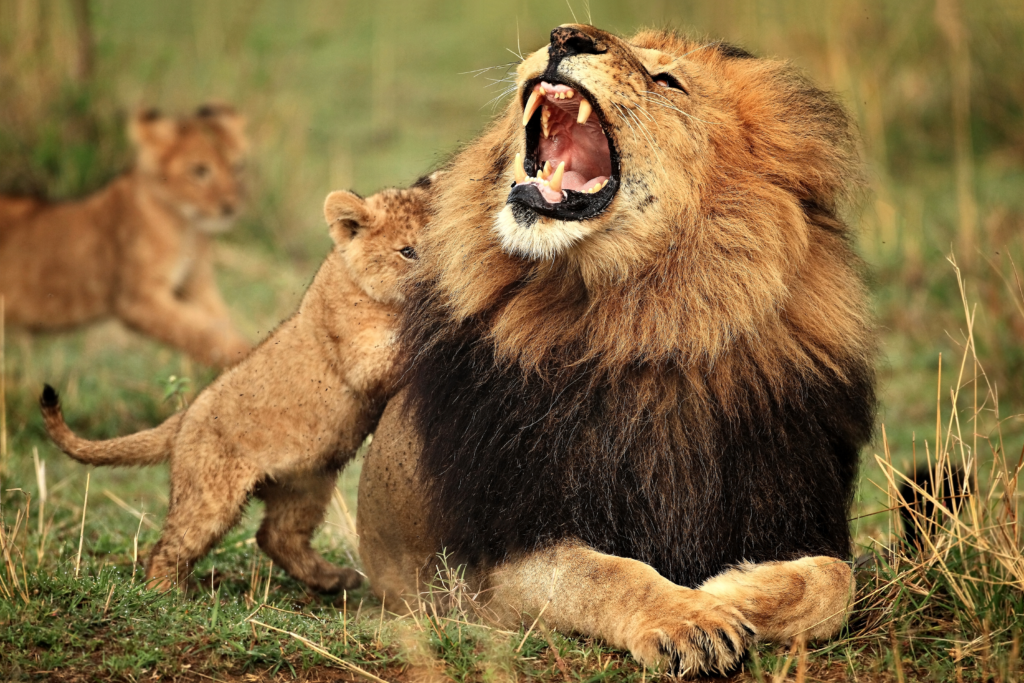The Bengal Tiger, India’s national animal, symbolizes strength and courage, thriving in the dense forests and grasslands of the country. The Bald Eagle of the United States, with its sharp vision and majestic flight, represents freedom and strength. In Australia, the Red Kangaroo, known for its agility and resilience, reflects the uniqueness of the nation’s wildlife. China’s Giant Panda stands as a symbol of peace and harmony, a gentle creature native to the bamboo forests. Each national animal embodies the cultural and natural essence of its country. Here is a list of national animals for various countries along with brief explanations of their significance:
Afghanistan
Snow Leopard : Symbolizes courage and resilience, and is native to the mountainous regions of Afghanistan.
https://infomate.in/national-symbols-of-india-icons-of-heritage-and-pride/
Argentina
Rufous Hornero : Known for its distinct oven-shaped nests, it symbolizes hard work and dedication.
Australia
Red Kangaroo : Represents the unique wildlife of Australia and is an iconic marsupial native to the country.
Bangladesh
Royal Bengal Tiger : Represents strength and power, and is native to the Sundarbans region in Bangladesh.
Belgium
Lion : Symbolizes bravery and valor, featured prominently in the country’s heraldry.
Bhutan
Takin : Represents the unique and rare wildlife of Bhutan, and is closely associated with the country’s cultural heritage.

Brazil
Jaguar : Symbolizes power and beauty, and is native to the Amazon rainforest.
Canada
North American Beaver : Represents industriousness and perseverance, and played a crucial role in the country’s fur trade history.
China
Giant Panda : Represents peace and friendship, and is a symbol of China’s wildlife conservation efforts.
Denmark
Mute Swan : Symbolizes grace and beauty, and is often found in Danish lakes and rivers.
Egypt
Steppe Eagle : Represents strength and vision, and is native to the region.
Finland
Brown Bear : Symbolizes strength and courage, and is native to Finnish forests.
France
Gallic Rooster : Represents vigilance and bravery, and is a traditional symbol of France.
Germany
Eagle : Symbolizes strength and freedom, and has been a national emblem since the Holy Roman Empire.
India
Royal Bengal Tiger : Represents strength, power, and grace, and is native to various regions across India.
Indonesia
Komodo Dragon : Represents the unique wildlife of Indonesia and is native to the islands of Komodo, Rinca, Flores, and Gili Motang.
Japan
Green Pheasant : Symbolizes beauty and tranquility, and is native to the Japanese archipelago.
Kenya
Lion : Represents strength and majesty, and is a prominent species in the country’s wildlife reserves.
https://infomate.in/describe-the-india-all-state-animals/
Malaysia
Malayan Tiger : Symbolizes courage and strength, and is native to the Malay Peninsula.
Mexico
Golden Eagle : Symbolizes power and freedom, and is featured on the national flag.
Nepal
Cow : Considered sacred in Hindu culture, which is predominant in Nepal.
New Zealand
Kiwi : Represents the unique wildlife of New Zealand and is an iconic flightless bird native to the country.
Norway
Lion : Symbolizes courage and strength, featured prominently in the country’s heraldry.
Pakistan
Markhor : Symbolizes strength and resilience, and is native to the mountainous regions of Pakistan.
Russia
Brown Bear : Represents strength and bravery, and is native to Russian forests.
South Africa
Springbok : Symbolizes agility and speed, and is native to the country’s grasslands and savannas.
South Korea
Korean Tiger : Represents courage and power, and has historical significance in Korean culture.
Sri Lanka
Sri Lankan Elephant : Represents strength and longevity, and is native to the country’s forests and grasslands.
Thailand
Thai Elephant : Symbolizes strength, loyalty, and longevity, and is an important cultural icon.
United Kingdom
Lion : Represents bravery and strength, and has been a national symbol since the medieval period.
United States
Bald Eagle : Symbolizes freedom and power, and is native to North America.
Zimbabwe
Sable Antelope : Represents grace and elegance, and is native to the country’s savannas.
These national animals reflect the biodiversity and cultural heritage of their respective countries, often serving as symbols of national pride and identity.